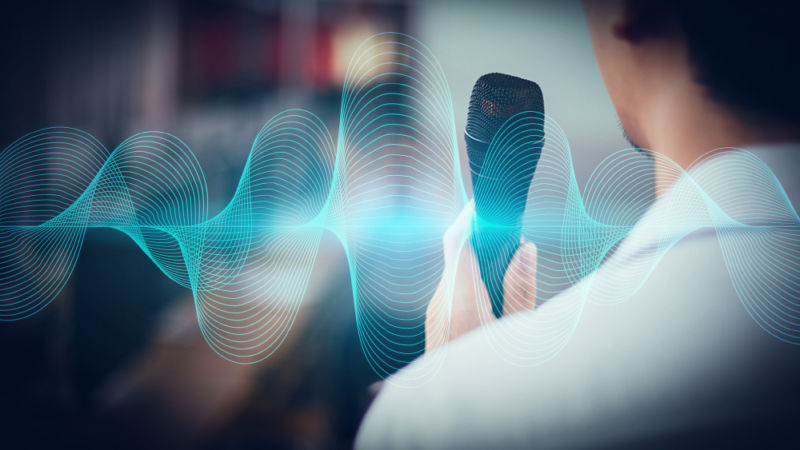The science of audio: How a podcast reveals the pleasant mysteries of hearing

Enlarge (credit: Getty Images / Aurich Lawson)
The first episode of audio-obsessed podcast Reasonably Sound that made me stop and think was an early entry called "Whisper Quiet." As my introduction to Autonomous Sensory Meridian Response (ASMR), and the specific auditory cues related to its reported physical reactions, I felt like someone had taken the top off my head, rummaged around in my brain, and found something overlooked inside that was suddenly useful. And not just in an ASMR sense, though the sample clips of Bob Ross hit all the right notes for that, as did host Mike Rugnetta getting into the spirit of ASMR by whispering the end credits.
Reasonably Sound is a podcast about audio and about the historical and cultural context of particular sounds and sonic experiences. In his episode about ASMR, Rugnetta not only introduces his audiences to what ASMR is, but he also contextualizes the rise of ASMR culture on YouTube within the broader history of communication technology, starting with an AT&T advertising campaign from the 1970s promoting long-distance calls as a medium for emotional intimacy. He also digs into the jargon of ASMR culture, comparing the pleasant "triggers" found in ASMR videos to the more serious triggers of trauma responses.
Research into the causes of ASMR didn't start being published in earnest until 2015, months after the release of "Whisper Quiet," so Rugnetta mentions in a later episode that he's skeptical of the phenomenon's existence. But, real or imagined, he acknowledges ASMR's memetic status and delights in exploring the cultural context that produced it.
Read 8 remaining paragraphs | Comments